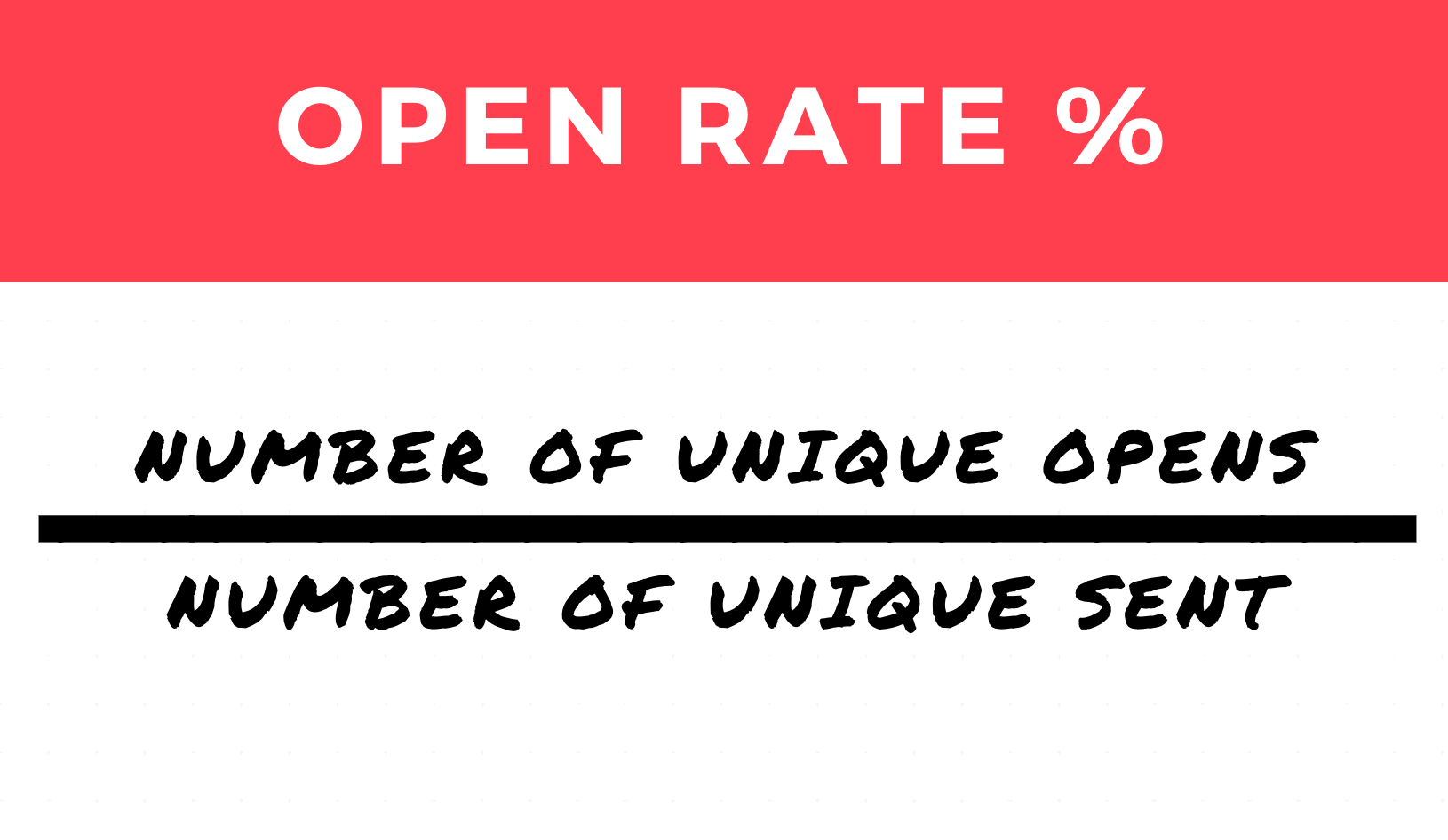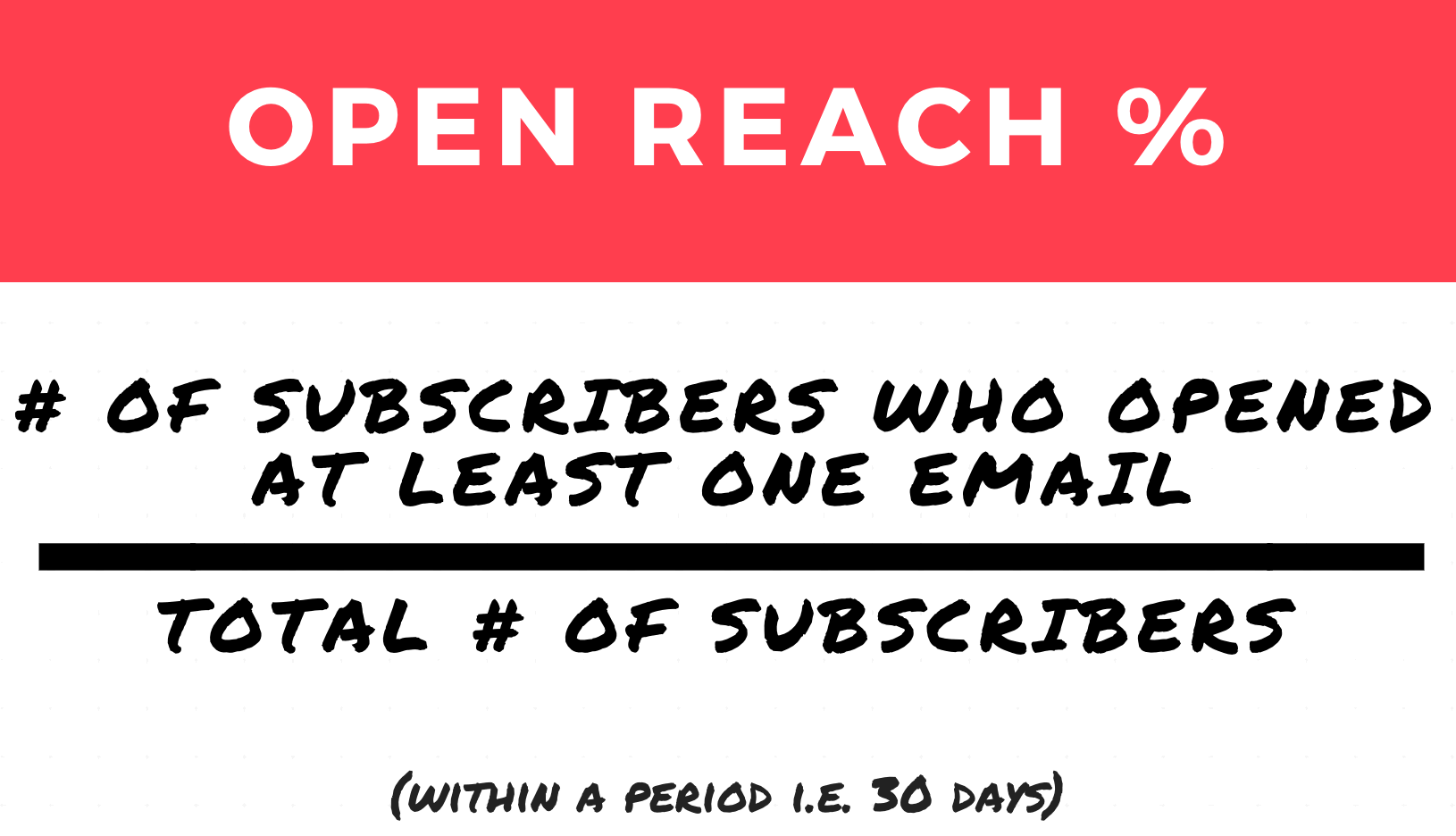How engaged are your email subscribers?
It’s a question that plagues the minds of email marketers all around the nation. 20% opened your email, but did they read it? 5% clicked, but why didn’t they buy? How many clicked accidentally?
Also, while we’re at it, how many people just opened your email because they wanted a zeroed-out inbox?
Unfortunately, standard common email metrics simply don’t tell us enough to understand the dynamics of your subscriber engagement specifics.
Most current-day email marketers still lean on the reliable, standard metrics – open rates, click rates (CTR), and response rates. These are used universally for a reason, and shouldn’t be ignored.
Still, we can do better, as they simply are not robust enough to delineate engagement specifics that translates to more business.
For instance, an open rate reveals almost nothing about how engaged your email subscribers are – actually, it may be somewhat misleading.
Don’t believe me?
That’s okay – let’s talk.
The Problem with Open Rate…
Since the early days of email marketing, the open rate has paraded itself as one of the few know-all, end-all metrics to reveal how engaged your subscribers are.
Recently, though, some unforgiving problems have come to light with open rate.
Chief among those problems is that open rate doesn’t measure how many specific unique persons opened your emails over a particular period of time, but how many total emails were opened.
That might sound like a small, insignificant difference, but it isn’t.

Let me explain.
Imagine that during a 90 day period, you sent 100,000 emails to an audience of 10,000 subscribers. The average open rate for those emails was 35%. What does that tell you?
It tells you that 35% of the total emails you sent were opened. This 35% reflects campaign performance as a generalized concept.
What it doesn’t tell you is how many specific people opened those emails or if it was those same people who typically open your emails every time.
It measures the campaign performance itself as a whole, but not the particular subscribers’ engagement patterns.
What’s the distinction and why does that matter?
To the woes of email marketers everywhere, many email campaigns engage the same group of people over and over again, without increasing engagement of the overall subscriber base.
When open rate increases or decreases, it only tells you how many total emails were opened (campaign level), and not how many unique individuals opened your emails.
Put more plainly, increasing your open rate may or may not increase the total volume of emails opened (or the number of unique people you reach). Truth is, with open rate, you really have no way of knowing.
Sure, you can draw semi-confident inferences from your open rate about how many new people you engaged, but why guess?
Enter open reach.
What is Open Reach?
Open reach is a fairly new metric to the email marketing world, but it’s one that is far more insightful than an open rate.
Here’s my formal definition of the metric:
Open reach is the percentage of subscribers who opened at least ONE email during a set period of time (often, a 3-month period, to align with the four quarters of a year).
And here’s what that looks like as a formula:

Contrary to open rate, open reach is centralized around the number of unique subscribers who opened during a set period of time, and not how many emails were opened.
Open reach measures the amount of unique email opens across a given email list. It is specifically different from your open rate because it disregards open volume in favor of unique opens.
This is an important distinction.
Here’s an example to solidify such distinction.
Once again, suppose your email list has 10,000 subscribers, and you send an email campaign once a week. At the end of the month let’s assume you’ve sent a total of 40,000 emails.
For the sake of simplicity, let’s assume each email had 2000 unique opens, which would give your campaigns a total of 8,000 opens and an open rate of 20%.
If it were the same 2,000 unique individuals who opened every email, then your open reach rate would be really low and at only 20% of your entire list being engaged.
If 4,000 unique people opened then the open reach would be 40%.
And finally, if it were 8,000 unique people, then open reach rate would be at 80%!
By tracking the percentage of people who are engaged with your emails (those who opened during a set period of time) rather than the percentage of emails that were opened, you’re going straight to what you’ve always wanted to know in the first place: how many people engage with your emails.
Give It To Me Straight
In a world full of metrics, adding open reach is much more than “just another stat.” Tracking unique opens give you a transparent view into how connected your audience truly is.
This stat alone removes the veil of uncertainty and helps you differentiate the weak spot in your outreach, the list or the content.
Gauging the total engagement across your contact pool helps you dictate where to focus and what needs work.
Plus, increasing your open reach naturally leads to higher email deliverability rates and less spam-box imprisonment.
Why?
Well, the higher percentage of people who engage with your emails, the less those emails are likely to be hidden from subscribers and deemed as spam and the more they end up in the inbox front and center.
Now, because of that, an increase in open reach often directly correlates with an increase in conversions and revenue. With higher deliverability and better overall engagement, more people see your emails, click-through, and even buy.
The truth is, some people will open every email you send. While others won’t open any. So, the questions you need to ask are:
What best engages consistent openers? And what best engages first-time openers? (And measuring traditional campaign open rates cannot possibly answer either question.)
Open reach is mostly about understanding your audience better and then using that understanding to improve your targeting and messaging.
Your email list likely consists of customers and prospects, and each of these groups is engaging with your emails in different ways.
You want to know what most appeals to each group. What offer or message increases engagement for each. And your subscribers are telling you what they like, what they want, and what they don’t want.
What open reach provides is a way to listen to what they’re telling you and adapt your messaging accordingly.
Put another way, open reach has far more impact on your business than open rate.
Which is why you should start tracking it…
Quick Tips for Leveraging Open Reach…
Here are some helpful tips for implementing open reach into future email campaigns.
1) Start tracking your open reach per quarter. How many people open just one email every quarter and how many don’t open at all? What is your open reach rate?
2) Set open reach benchmarks specific to your business and your email marketing campaigns. What’s average? What’s high? What’s low?
3) Take steps to increase your open reach and track its impact on response rates and revenue. These steps might include segmenting your list to target the engaged and the unengaged, increasing email frequency and testing different subject lines.
Conclusion
So, how engaged are your email subscribers?
Well, it’s practically impossible to consider all of the nuances of why someone did or didn’t open your email, but open reach is a critical, modern-day step in the right direction.
Instead of tracking email campaigns (like open rate), open reach tracks your subscribers and how they interact with your emails…
So start tracking open reach and reach out to me with your thoughts or if you need help 😉
